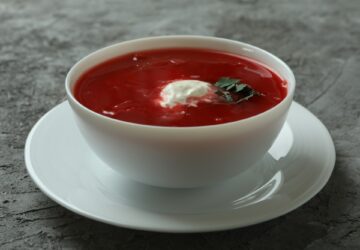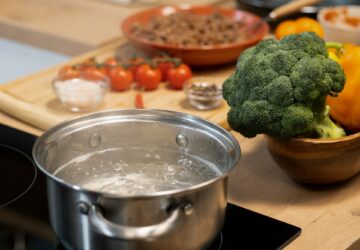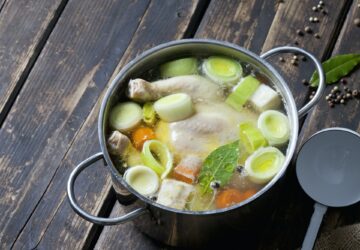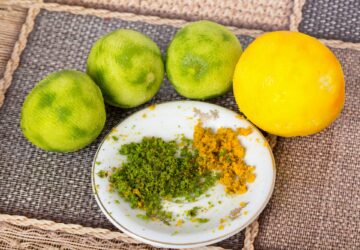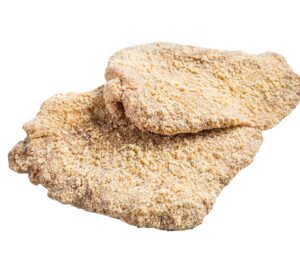Borscht (often spelled “borsch” without the “t” in some regions) is a traditional soup that originates from Eastern Europe, primarily associated with Ukrainian, Russian, and Polish cuisines. It’s known for its vibrant red color, which comes from its primary ingredient: beets.
Overview of Borscht:
-
Main Ingredients:
- Beets: The primary ingredient that gives the soup its distinctive color and sweet flavor.
- Cabbage: Often used, though the amount varies based on the recipe.
- Potatoes: These can be added for substance.
- Onions, carrots, and tomatoes: Used for added depth of flavor.
- Meat: Some versions contain beef or pork, though vegetarian versions are also popular.
- Broth: Can be meat-based or vegetable-based.
-
Seasonings:
- Garlic, bay leaves, and pepper: Commonly used.
- Vinegar or lemon juice: To add a tangy flavor and to help retain the vibrant color of the beets.
- Sugar: Some recipes add a touch to balance the acidity and enhance the natural sweetness of the beets.
- Dill: A popular herb used in borscht, either cooked in the soup or added fresh upon serving.
-
Serving:
- Temperature: Borscht can be served hot or cold, depending on personal preference and the season.
- Sour Cream: A dollop of sour cream on top is traditional when serving and adds a creamy tanginess that complements the soup’s flavors.
- Bread: Often served with a side of rye bread or pampushky (Ukrainian garlic bread).
-
Variations:
- While the beet version is the most internationally recognized, there are multiple variations of borscht across Eastern Europe. For instance, green borscht made with sorrel and without beets is also popular.
- The ingredients and thickness can vary from one region or household to another. Some might be more brothy, while others are heartier and stew-like.
-
Cultural Significance:
- Borscht has strong cultural ties to various Eastern European countries. It is often associated with tradition, family gatherings, and is a staple during Christmas Eve dinners in many Ukrainian homes.
- Due to its wide recognition, borscht has sometimes been the subject of debates regarding its origins and “authentic” recipes.
-
Nutritional Benefits:
- Beets are rich in vitamins and minerals, especially folate, manganese, and potassium. They also contain antioxidants and have been linked to certain health benefits.
- When combined with other vegetables and, optionally, meat, borscht becomes a hearty and nourishing dish.
If you ever get a chance to try borscht, do so! It’s a flavorful representation of Eastern European culinary traditions, and its vibrant color makes it a visually appealing dish as well.
